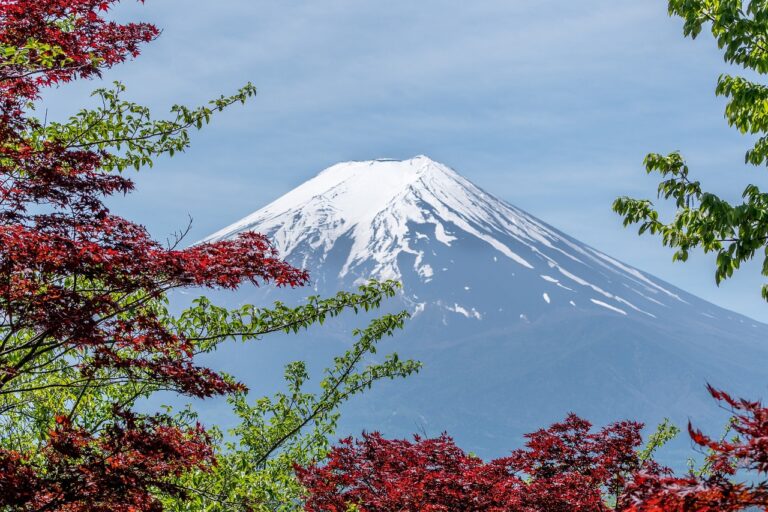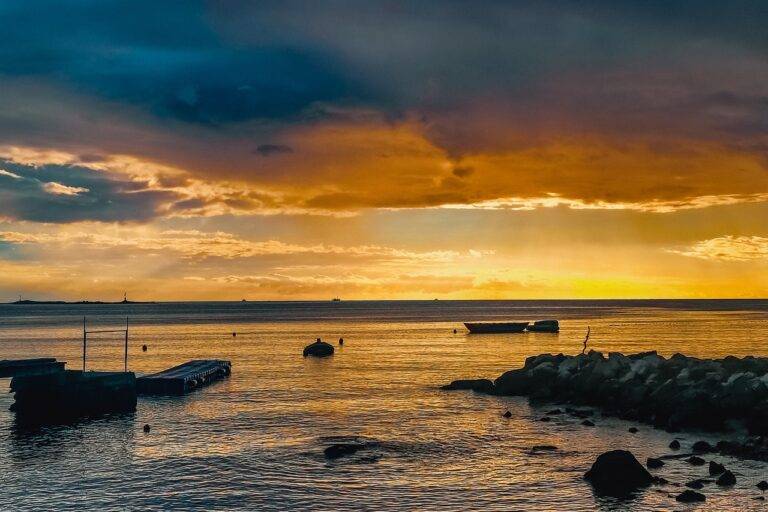Traveling for Astronomy Tourism: Observing Celestial Events in Dark Sky Reserves
Stargazing has long captivated human curiosity, offering a mesmerizing journey into the depths of the universe. Astronomy tourism has emerged as a popular travel trend, attracting enthusiasts and adventurers seeking to experience the wonders of the night sky in diverse landscapes around the world. Whether it’s witnessing a meteor shower, marveling at the Milky Way, or observing distant galaxies through a telescope, the allure of astronomy tourism lies in the opportunity to connect with the cosmos on a profound level.
In an age dominated by technology and urbanization, the chance to escape light pollution and immerse oneself in pristine, dark skies is a rare and precious experience. Astronomy tourism allows travelers to step away from the hustle and bustle of daily life, offering a moment of tranquility and introspection under a canopy of stars. From remote deserts and rugged mountains to secluded islands and vast wilderness areas, the appeal of stargazing lies in its ability to inspire awe, wonder, and a sense of humility in the face of the infinite majesty of the universe.
Understanding Dark Sky Reserves
Dark Sky Reserves are designated areas that prioritize minimal light pollution to preserve the natural nighttime environment for stargazing and astronomical observation. These reserves typically enforce strict guidelines to reduce artificial lighting, such as controlling outdoor illumination, shielding light fixtures, and promoting awareness about the importance of maintaining dark skies. By safeguarding these regions, Dark Sky Reserves offer a unique opportunity for visitors to experience the full beauty of the night sky and connect with the cosmos on a deeper level.
The creation of Dark Sky Reserves not only benefits avid astronomers and astrophotographers but also contributes to the conservation of nocturnal ecosystems and the well-being of wildlife. The reduction of light pollution in these protected areas helps maintain the natural biological rhythms of nocturnal animals, reduces disruptions to migratory patterns, and supports overall biodiversity. Additionally, the increased visibility of stars and celestial phenomena in Dark Sky Reserves enhances the public’s appreciation for the wonders of the universe and fosters a sense of wonder and amazement among visitors.
Best Destinations for Stargazing
When it comes to stargazing, certain destinations around the world offer unparalleled opportunities to observe the beauty of the night sky. One such place is Mauna Kea in Hawaii. Situated above the clouds at an altitude of over 13,000 feet, the summit of Mauna Kea is home to world-class observatories that provide visitors with a unique stargazing experience.
Another popular destination for stargazing enthusiasts is the Atacama Desert in Chile. Renowned for its clear skies and minimal light pollution, the Atacama Desert is an ideal location for observing the wonders of the universe. Visitors can witness breathtaking views of the Milky Way and distant galaxies that are not visible in more urbanized areas.
• Mauna Kea in Hawaii offers unparalleled opportunities to observe the beauty of the night sky
• Situated above the clouds at an altitude of over 13,000 feet
• Home to world-class observatories that provide a unique stargazing experience
• The Atacama Desert in Chile is another popular destination for stargazing enthusiasts
• Renowned for its clear skies and minimal light pollution
• Ideal location for observing the wonders of the universe such as the Milky Way and distant galaxies
What is astronomy tourism?
Astronomy tourism is the act of traveling to specific destinations to observe and appreciate the wonders of the night sky.
What are Dark Sky Reserves?
Dark Sky Reserves are designated areas with minimal light pollution, making them ideal for stargazing and astronomy observations.
What are some of the best destinations for stargazing?
Some of the best destinations for stargazing include Mauna Kea in Hawaii, Atacama Desert in Chile, Cherry Springs State Park in Pennsylvania, and Aoraki Mackenzie Dark Sky Reserve in New Zealand.
How can I plan a stargazing trip to one of these destinations?
To plan a stargazing trip, research the best time of year to visit, book accommodations in advance, bring appropriate stargazing equipment, and be prepared for varying weather conditions.





